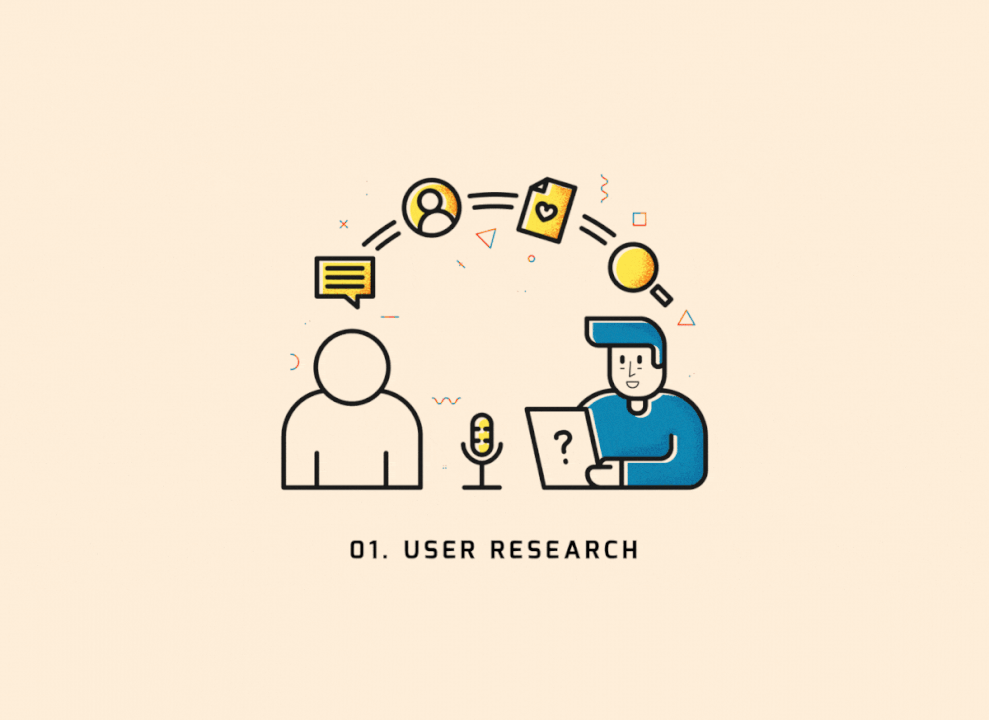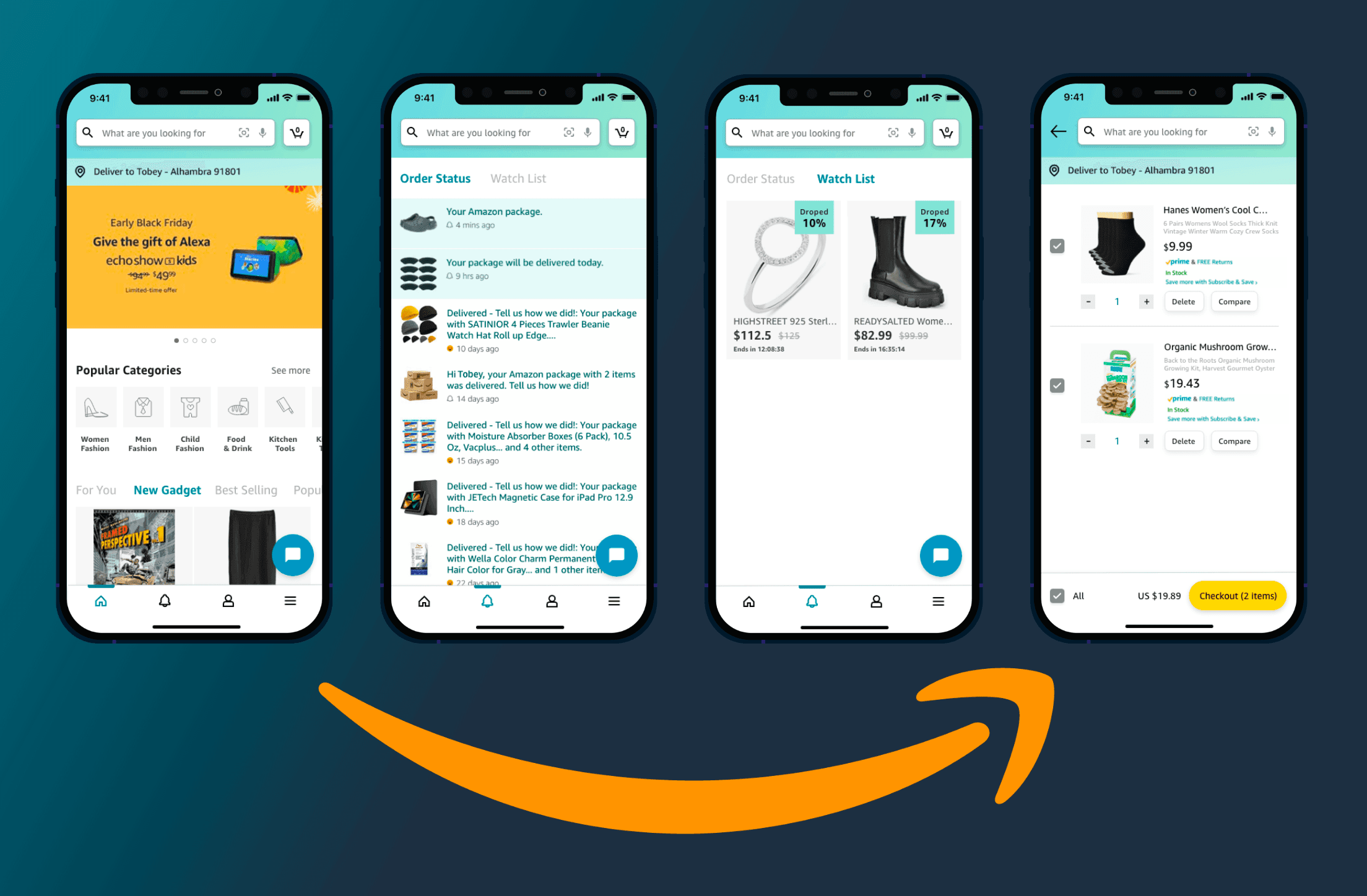In the digital age, where competition is just a click away, understanding your audience is more critical than ever. User research is the compass guiding web designers to create experiences that resonate with users, ensuring that your website doesn’t just look good but also fulfills its intended purpose. Let’s explore why user research is indispensable in effective web design and how it can transform your digital strategy.
The Essence of User Research
User research is the systematic study of your target audience to understand their needs, behaviors, and preferences. It involves gathering insights through various methods like surveys, interviews, and usability testing. This research forms the backbone of user-centered design, enabling businesses to craft websites that not only attract visitors but also convert them into loyal customers. Utilizing a web design consultancy can help streamline this process, providing expert guidance in data collection and analysis.
Why User Research Matters
Aligns Design with User Expectations
One of the primary benefits of user research is its ability to align your web design with user expectations. By understanding what your audience wants, you can create a website that anticipates their needs, making navigation intuitive and enjoyable. This alignment is crucial in enhancing user satisfaction and driving engagement.

Informs Strategic Decisions
User research provides valuable data that informs strategic decisions. Whether you’re deciding on the color scheme or the placement of call-to-action buttons, these insights ensure that every design element contributes to a seamless user experience. Consulting with a web development company in the US can provide additional expertise in leveraging research data effectively.

Reduces Development Costs
Imagine launching a website only to realize that users find it confusing or unappealing—this can lead to costly redesigns. User research helps prevent such scenarios by identifying potential pitfalls early in the design process, saving time and resources.

Enhances Usability and Accessibility
A user-friendly website is critical in retaining visitors. User research identifies usability issues, ensuring your site is accessible to all users, including those with disabilities. Engaging with a web application agency can help incorporate accessibility features into your design.
Conducting User Research: A Step-by-Step Guide
Define Your Objectives
Before diving into research, clearly define what you hope to achieve. Are you looking to improve user engagement? Increase conversion rates? Understanding your objectives will guide your research methodology and focus.

Choose the Right Methods
Select research methods that best suit your objectives. Surveys and questionnaires are great for quantitative data, while interviews and focus groups provide qualitative insights. Usability testing allows you to observe users interacting with your site, offering valuable feedback on its functionality.
Recruit Participants Wisely
Ensure your research participants represent your target audience. This may involve segmenting users based on demographics, behaviors, or preferences to gather diverse perspectives.

Analyze and Interpret Data
Once you’ve collected data, analyze it to uncover trends and patterns. This analysis will inform your design decisions, helping you create a website that truly resonates with your audience.
Implement Findings in Design
Finally, translate your research findings into actionable design improvements. Whether it’s tweaking navigation menus or adjusting content layout, these changes should reflect user insights, enhancing overall user experience.

Collaborating with Design Professionals
Partnering with design professionals can elevate your user research efforts. Agencies specializing in creative web design websites bring a wealth of experience in integrating research insights into compelling web designs. This collaboration ensures your website is both aesthetically pleasing and functionally robust.

Real-World Success Stories
Consider companies like Airbnb and Amazon, which have successfully leveraged user research to refine their web designs. Airbnb uses extensive user testing to ensure its platform is easy to navigate and meets the diverse needs of its global users. Amazon’s focus on user data helps optimize its product recommendations, improving customer satisfaction and driving sales.

Conclusion
User research is not just a box to tick in the design process; it’s a vital component that shapes the entire user experience. By understanding and prioritizing user needs, businesses can create websites that are not only visually appealing but also intuitively designed to meet user expectations. As you embark on your web design journey, remember that user research is your roadmap to success, guiding you in creating a digital presence that truly resonates with your audience.
Incorporate these insights into your design strategy and watch as your website transforms into a powerful tool for engagement and conversion. Explore resources like Usability.gov to deepen your understanding of user research methodologies and their application in web design. Your journey to creating an exceptional user experience starts with understanding your users—because, at the end of the day, their experience is what matters most.

